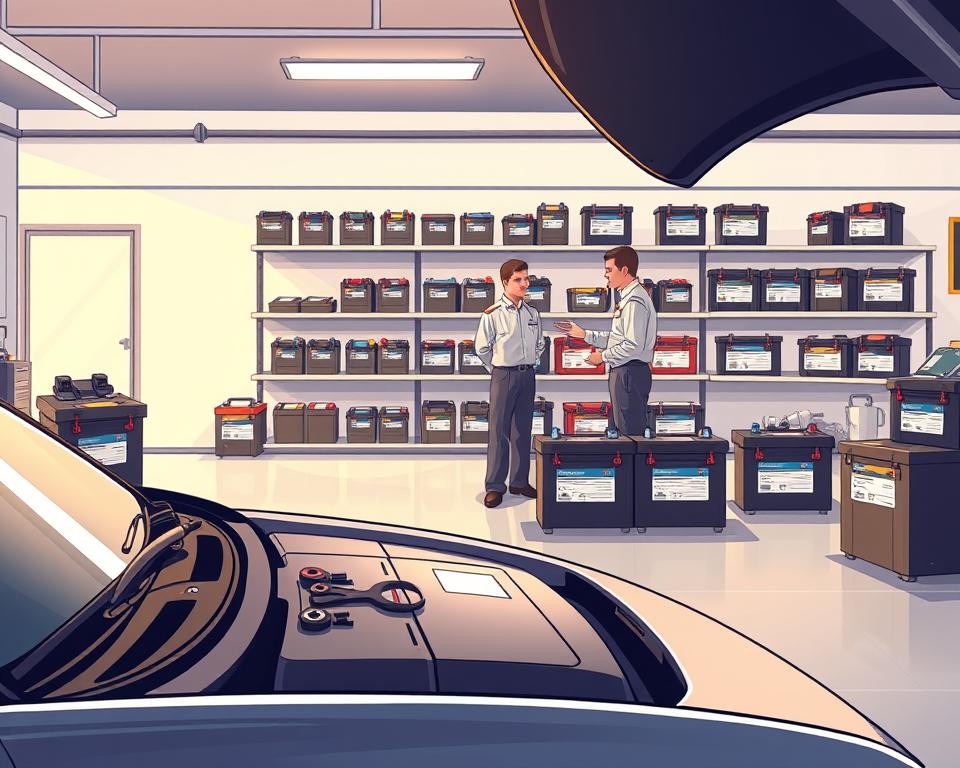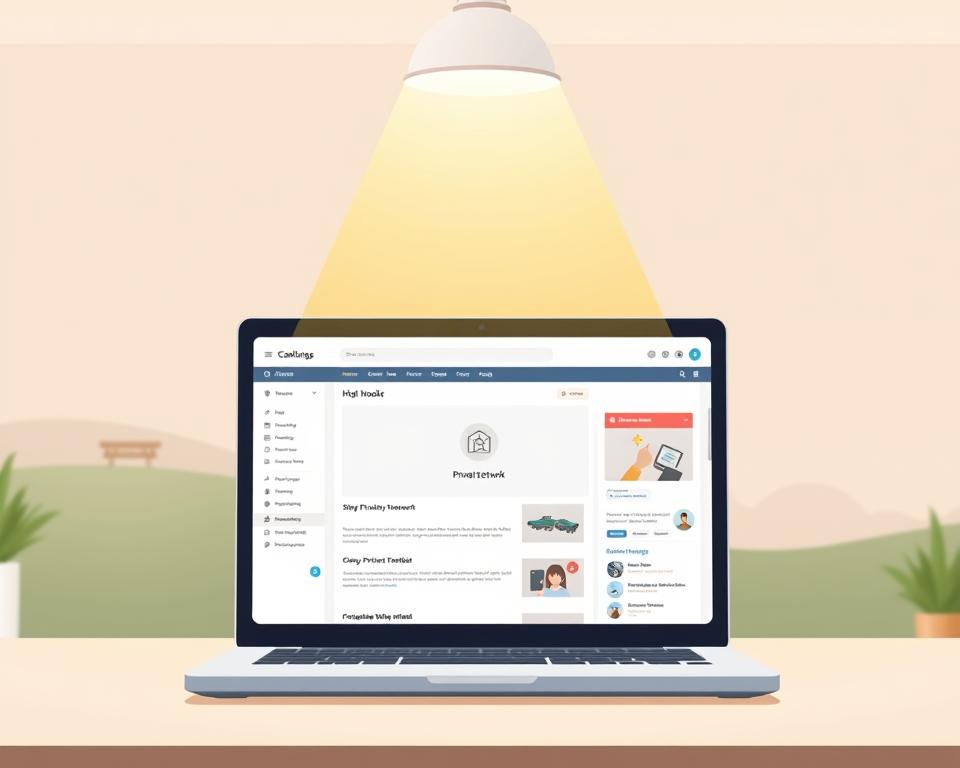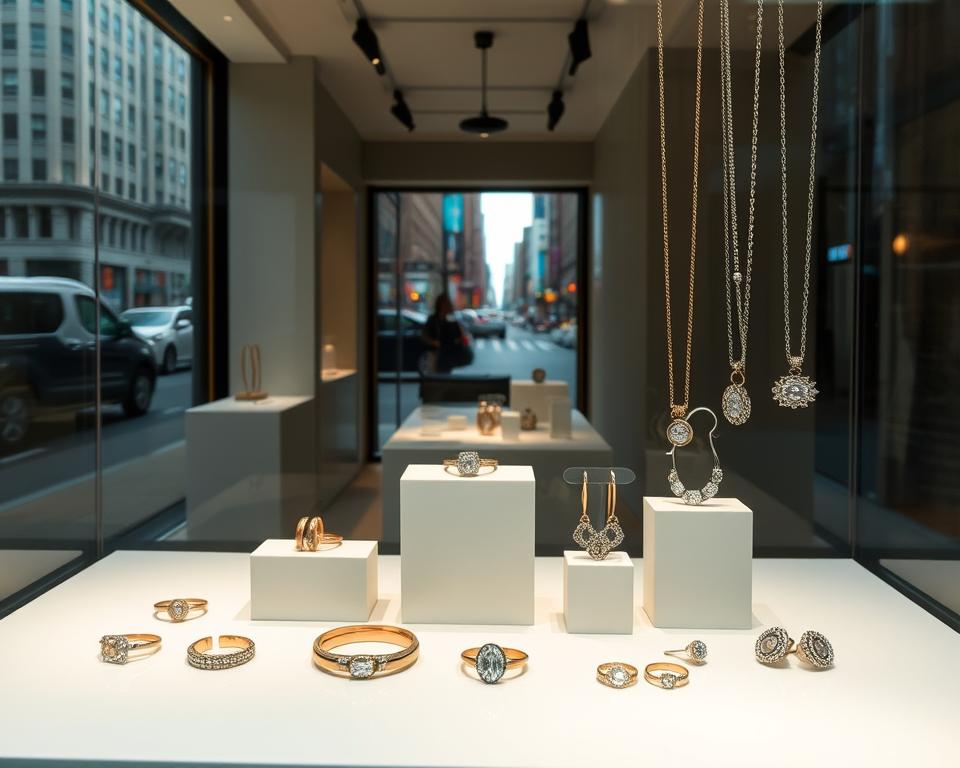Your Auto Battery Essentials: San Francisco Battery Service
Did you realize almost three-quarters of U.S. roadside assistance requests stem from battery problems? This figure underscores how vital your car battery is for everyday driving. Whether driving through San Francisco’s busy streets or parked at the Golden Gate, a functioning battery is key. It powers your engine crank and runs all vehicle electronics. If your battery dies, you could be stuck—battery jump San Francisco becomes vital.
Hero Towing provides reliable battery services. Services include replacement, testing, and on-the-spot battery help. Each solution is tailored to your requirements.
Understanding Your Car Battery
A healthy battery is central to your car running properly. Knowing its functions and spotting signs of failure can avoid breakdowns and expensive fixes. It’s fundamental to keeping your car in top shape.
Battery Functions
Your battery’s primary jobs are engine start-up and running electronics. An adequately charged battery delivers the power required to crank the engine. It also supports features like lights, radios, and navigation systems. If the battery falters, these systems shut down, hampering performance.
Signs Your Battery May Be Failing
Spotting battery failure signs can prevent being stranded. Keep an eye on:
- Dimming headlights
- Delayed engine turnover
- Repeated jump-start requirements
- Illuminated check-engine warning
- Oxidized terminal connections
Spotting any of these means you need diagnostics. Early action can prevent total failure and the hassle of unexpected car troubles.
How Long Batteries Last
The lifespan of a car battery is crucial for your driving experience and vehicle reliability. Typically, batteries endure for three to five years. Several factors affect this duration. Awareness of these factors helps you delay replacement.
How Long Should You Expect Your Battery to Last?
A well-cared-for car battery can last 3 to 5 years. Driving conditions and habits play a big role in this timeframe. Short outings hinder full recharge, cutting life span. Frequent use maintains power; extended downtime damages it.
Battery Longevity Factors
Main influences are:
- Climate extremes: Heat or cold puts extra stress on your battery.
- Driving patterns: Short trips do not allow adequate charging time and reduce battery effectiveness.
- Alternator health: A faulty alternator or belt can degrade battery performance.
- Maintenance: Routine maintenance boosts battery lifespan.
Weak Battery Indicators
Recognizing weakness saves you from bigger problems. Finding issues early prevents expensive fixes. Understanding alerts matters.

Common Warning Signs of Battery Issues
Several indicators suggest battery problems.
- Slow engine cranking when you start your car.
- Flickering dashboard lights, indicating that your battery is struggling.
- Sulfur smell signaling a leak.
- White powder build-up on posts.
How to Recognize a Dying Car Battery
Keep watch for weakening battery indicators. Track any unusual changes in performance. If you see any warning signs, act quickly. Regular battery tests are recommended, especially if starting your car is a challenge.
Proactive battery maintenance offers peace of mind. Addressing problems early prevents bigger headaches.
Battery Care Essentials
Upkeep is necessary for reliable performance. Proper care means better performance and longer life. Basic steps keep your battery in top condition. Tight, clean connections are key. Regular monitoring of these aspects can help avoid unexpected battery failures.
Why Care Counts
Understanding the importance of battery care helps prevent costly repairs and inconvenient breakdowns. A well-maintained battery ensures reliable performance over time. Neglected batteries can lead to reduced cranking power or erratic electronic behavior. Regular routines reveal problems early.
How to Care for Your Car Battery
Try these easy maintenance practices:
- Wipe posts to stop rust formation.
- Ensure battery connections are tightly secured for optimal performance.
- Take longer drives to help keep the battery charged.
- Inspect for any signs of damage or leaks periodically.
- Get professional guidance to match your upkeep to your car.
What Happens During Service
In San Francisco, battery care providers offer comprehensive solutions. These services aim to keep your car’s battery running smoothly and reliably. A technician inspects and advises on optimal battery care.
What Professionals Do
Experts run thorough tests to assess battery condition. They offer jump-starts, terminal cleaning, and on-site replacements. Such full-service care guarantees dependable starts. Providers often recycle old batteries safely.
Available Battery Solutions
Local battery assistance in San Francisco offers a variety of services. Services include:
- Condition assessments
- Immediate jump starts
- Universal battery installs
- Alternator and belt checks
- Eco-friendly battery recycling
Choosing reputable battery service in San Francisco means getting efficient, timely, and effective solutions. They maximize both life and performance of your battery.
When to Change Your Battery
Exploring battery swap options ensures peak performance. Knowing when to replace it can prevent unexpected breakdowns. Your habits and climate dictate swap schedules.
Replacement Timing
Look out for signs that indicate you need a new car battery. Lagging starts and weak lights are red flags. Over three to five years old, your battery needs close monitoring. Don’t wait for a complete failure before seeking professional advice.
Battery Technology Options
Exploring battery types reveals several options for your vehicle. The most common include:
- Lead-Acid Batteries: A budget-friendly, reliable choice for everyday use.
- AGM Batteries: They offer superior performance, especially in extreme temperatures, and are ideal for modern cars with higher electrical demands.
- Lithium-Ion Batteries: Often found in electric vehicles, these batteries provide excellent energy density and longevity.
Discuss your requirements with a technician to choose right.
Mobile Battery Solutions
Dealing with a dead battery can be incredibly frustrating, especially when it’s unexpected. SF’s mobile battery support brings aid to you. Avoid towing delays and get back on track fast.
Why Mobile Matters
There’s great value in on-site service. You get immediate help, no matter where you are—be it home, work, or on the move. Mobile technicians are ready to perform diagnostics, battery replacements, and jumpstarts. Skip costly tows and long waits.
How Mobile Services Work
It’s straightforward to book mobile support. Ring or click an app, and expert help comes over. They come equipped with the tools and batteries needed for a swift service. No tow truck required—only rapid, on-site fixes.
Emergency Battery Services
Few things are more distressing than a non-starting car. Companies like Hero Towing offer quick help, ensuring you’re not left waiting. Their experts arrive with the tools needed to get you moving again.
Steps When Battery Dies
Stay safe and size up the scene. Here are some steps to take:
- Dashboard warnings often precede a full failure.
- Ensure your hazard lights are on for safety, particularly if you’re on a busy road.
- While bystander aid can help, get expert support ASAP.
Emergency Service Benefits
They offer a range of life-saving battery services. You’ll enjoy:
- Quick jump starts to help you within minutes.
- Local replacements keep you off the tow truck.
- Transport to a garage when required.
Instant help means worry-free travel. Don’t hesitate to contact professionals for your safety and to get your vehicle running again.
Battery Diagnostics: Assessing Battery Health
Regular battery diagnostics are crucial for understanding your vehicle’s battery condition and longevity. Complete tests uncover underlying problems. Timely tests stop small faults from becoming big issues.
Why Test Your Battery
Diagnostics are a cornerstone of good upkeep. It ensures your battery works at its best. A simple voltage check can show performance issues, guiding you to repair or replace it. Ongoing testing ensures uninterrupted performance.
How to Get Your Battery Diagnosed
Several service centers run no-cost battery tests. O’Reilly Auto Parts, for example, provides quick and accurate assessments. Drop by anytime for a test—no reservation needed. They report on charge level, voltage stability, and performance.
Cost-Effective Battery Solutions
Finding affordable battery services in San Francisco can help vehicle owners manage their expenses effectively. Local shops offer services like battery testing, diagnostics, and installation without hidden fees. Smart shopping yields both savings and solid service.
Finding Budget-Friendly Battery Solutions
Watch for seasonal discounts and service bundles. Shops like Hero Towing offer competitive pricing on essential services. Reading reviews helps gauge reputation and ensures reliable results.
Evaluating Low-Cost Options
When finding battery service, focus on quality without breaking the bank. Ensure the service includes comprehensive battery diagnostics, warranties on installations, and transparent pricing. Prioritizing these elements allows for an affordable service that meets your needs without compromising quality.
Conclusion
Your battery keeps you moving confidently. This overview shows why upkeep matters. It shows that using San Francisco’s battery services can prevent unexpected breakdowns. Replacements, tests, and rapid response are all geared to keep you safe.
Regular checks improve durability and function. The role of battery maintenance is vital; being proactive saves time, money, and stress. Regular checks and professional help when needed protect you from potential problems.
Be it urgent or preventative, SF battery pros have you covered. Prioritizing battery care ensures reliability and peace of mind for every trip you make.









